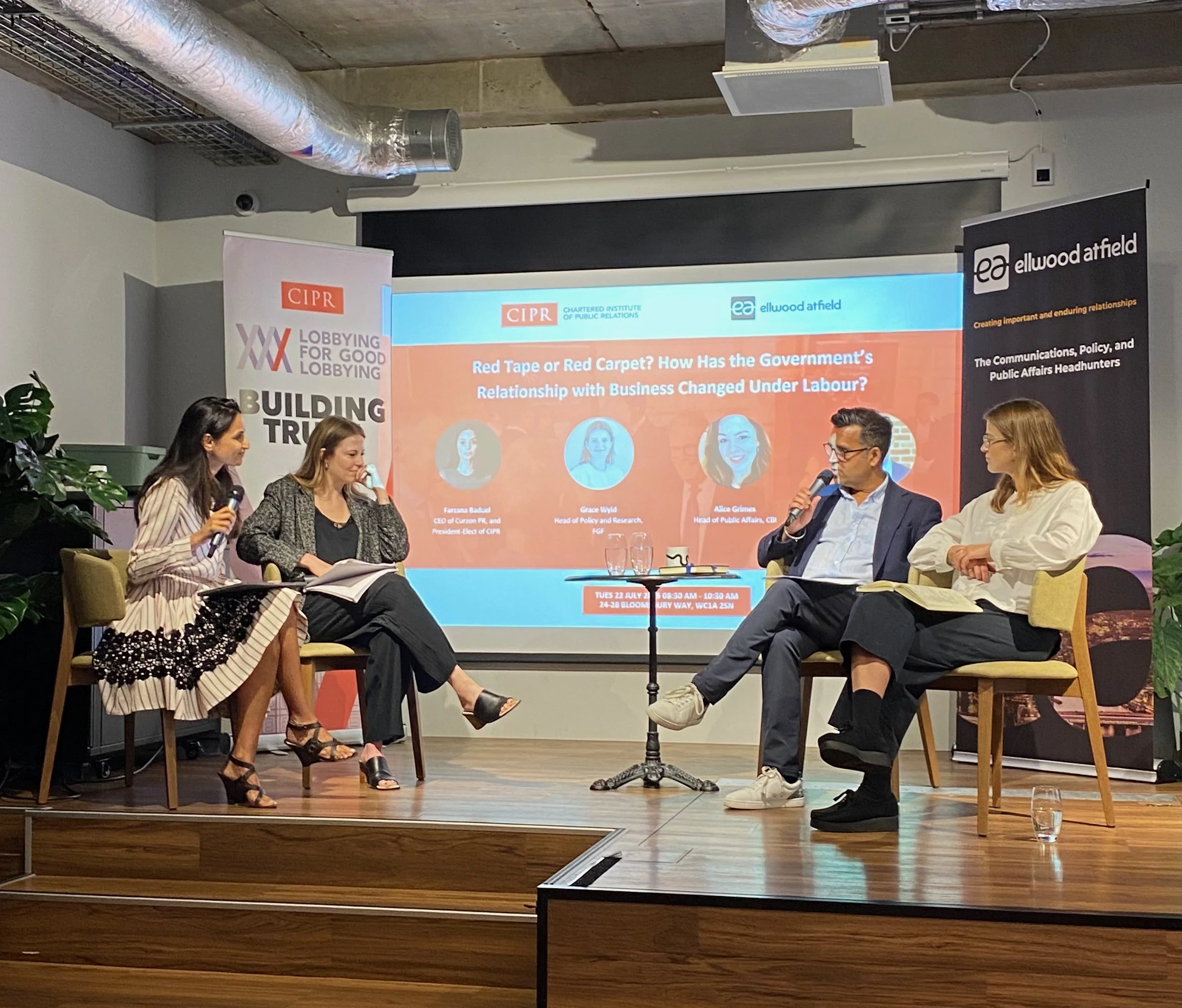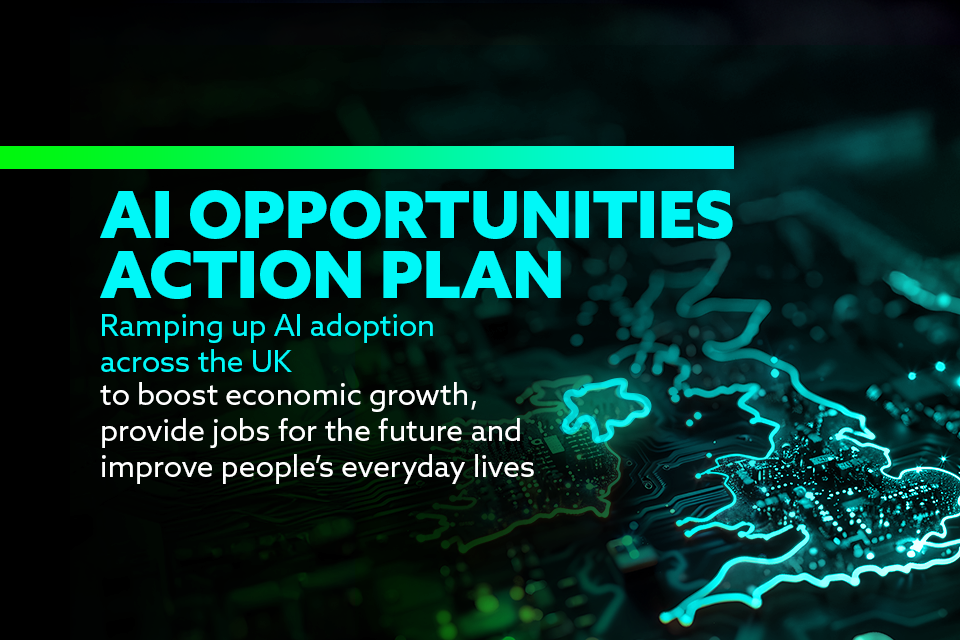Why 'Nation by Design' Is Singapore's Blueprint for Success
A few days ago, I read a great post on LinkedIn by Dawn Lim, Executive Director and Chief of the Design Singapore Council, which presented how Singapore is a 𝑵𝒂𝒕𝒊𝒐𝒏 𝒃𝒚 𝑫𝒆𝒔𝒊𝒈𝒏.’ The post and associated campaign were being shared in the lead-up to Singapore’s Design Week in September this year, and it got me thinking about how Singapore has grown, the values that the country embodies, and the impact ‘Nation by Design’ has had on how this country is perceived.
Nations today are competing for talent, capital, and credibility, and are investing in nation branding campaigns to differentiate themselves. Yet, the problem is that marketing alone is not enough in the hyper-competitive, interconnected world in which we live and work. What matters to business is policy, perception and strategic thinking.
Singapore is one of a small number of countries that stand apart because they have grown and progressed not just by policy, but by vision and design. While governments across Western markets pursue campaigns and reforms to attract growth, few have matched the coherence and clarity of Singapore's approach.
Through its initiative Nation by Design, Singapore presents a great case study in how intentional, values-driven national design has transformed this small city-state into a globally respected hub for innovation, business, and inclusive progress. There is a lot that policymakers and business leaders can learn from the values, processes and presentation that Singapore and other nations are embracing.
From Campaign to Concept: Beyond Marketing to Meaning
Singapore's Nation by Design is more than a slogan. It's a strategic framework for national development based on long-term thinking, cross-sector integration, and human-centred innovation. Launched by the DesignSingapore Council, the initiative integrates design as a strategic tool across government, education, urban planning, healthcare, and business.
Compare this to the UK's ‘GREAT’ campaign, an impressive piece of nation branding that excels in visual storytelling. While ‘GREAT Britain’ builds visibility, Singapore builds systems, and while the UK’s campaign centres on advertising-led messaging,
Singapore embeds design thinking into public service, policymaking, and industry development. That gives it a reputational edge grounded in action, positioning Singapore as modern, innovative, and agile, and ranking 4th globally in the World Innovation Index, with a top ranking of 14 out of 78 indicators.
Key Elements of Singapore's Strategic Model
Strategic Public Service Culture: Singapore’s civil service is consistently ranked among the world’s most effective. It is strategic, professionalised, and trusted, with civil servants trained to think long term, balance competing interests, and implement swiftly. Their focus is on delivery, and their political and civil service salaries being amongst the highest globally, a conscious decision by the government to attract and retain top talent, prevent corruption, and maintain high performance standards. Transparency and strict performance metrics underpin the system, with performance bonuses and national bonuses being given. This is in stark contrast to more politicised or fragmented systems in many Western democracies.
Integrated Government and Business Strategy: Government-linked companies and departments (GLCs) like Temasek, Mediacorp and SingTel support national development goals and act as agile bridges between policy and private enterprise. Agencies co-create policies. Startups access decision-makers from the Singaporean government in days. In other countries, industrial strategy often feels abstract, distant or poorly aligned with business incentives.
Education as Infrastructure: Investment in education is not just a line item; it is a vital component of economic growth. It's part of Singapore’s national identity. World-class universities, vocational institutions, and lifelong learning frameworks ensure a future-ready workforce.
Fiscal and Tax Environment: With a low corporate tax rate (17%), no capital gains tax, efficient regulation, and a legal framework that is regarded as one of the most transparent and efficient in the world, this underpins a stable, business-friendly environment. Additionally, regulatory ‘sandboxes’ allow fintechs to trial ideas without the usual red tape. This is especially attractive to multinationals and start-ups who want regional headquarters in Asia.
Design-Led Policy and Urban Innovation: Singapore integrates user-centric design into its public housing, transportation, digital services, and healthcare, thereby increasing citizen satisfaction and service efficiency.
Reputation Built on Delivery: Consistency, transparency, and quality of delivery have given Singapore high trust scores internationally. Its reputation is earned, not claimed.
Singapore vs. Others: A Comparative View
United Kingdom: The UK has world-class institutions, cultural influence, and a deep innovation base. But frequent policy shifts, siloed departments, and a reactive rather than strategic civil service have held it back. Campaigns like ‘GREAT’ promote and shape tactical perception, but decision-makers and investors care make decisions based on experience.
European Union Nations: Germany, France, and others have strengths in industrial design and science, but struggle with fragmented governance across national and EU levels. Regulatory complexity and inconsistent policy incentives dilute impact.
United States: America remains a magnet for talent and capital, thanks to scale, capital markets, and elite universities. But growing inequality, underinvestment in infrastructure, and political polarisation have dented its global standing. It is more dynamic than designed.
Japan: Japan excels in design, technology, and tradition. But its demographic challenges, rigid bureaucracy, and slow-moving policy cycles limit its agility. Yet, policy is changing to resolve these issues.
Gulf Cooperation Council nations - UAE, Qatar and Saudi Arabia: These nations are investing aggressively in transformation. Initiatives like Saudi Vision 2030 and the UAE’s Smart Government agenda borrow from Singapore’s playbook. Yet they still face trust, transparency, and rights-related perception gaps, which could impact international investor confidence. That said, they are investing heavily in initiatives to reposition how they are perceived.
Trust, Perception and Reputation: Singapore’s Competitive Advantage
Nations are brands. Reputation drives FDI, partnerships, and talent attraction. Singapore understands that reputation must be earned through delivery, not declared through campaigns.
Trust: Built through decades of consistent service delivery and minimal corruption.
Perception: Designed by showcasing not only success, but how success is structured and shared.
Reputation: Maintained by transparency, performance, and future-readiness.
While other nations struggle with policy U-turns, culture wars, and trust deficits, Singapore’s cohesive governance and strategic consistency offer clarity and reassurance to international partners.
Design as a Process: Deep, Iterative, and Inclusive
One of the most powerful differences is how Singapore views design, not as decoration, but as a process. Nation by Design emphasises:
Empathy: Understanding the needs of citizens, not just policy goals.
Co-Creation: Involving people in shaping services and places.
Iteration: Treating solutions as evolving systems, not fixed blueprints.
This mindset is absent in most national branding exercises. It helps explain why Singapore’s public spaces, policies, and platforms feel joined-up, intuitive, and future-proof.
What Other Countries Can Learn
Institutionalise Strategic Design Thinking: Embed design methodologies into public policy, education, and economic planning. This goes beyond hiring designers; it requires retraining leadership culture.
Invest in Civil Service Capability: A competent, respected civil service can think across electoral cycles and deliver with consistency.
Align National Vision with Economic Policy: Growth plans must be cross-sectoral and long-term. Stop treating economic strategy and nation branding as separate silos.
Create Feedback Loops Between Citizens and State: Use data, consultation, and co-design to build better services and trust.
Build a Reputation of Delivery: Be known for what you do, and for your delivery, not just what you say. Global reputation flows from domestic performance.
Why ‘Nation by Design’ is More Than a Slogan
Singapore’s approach shows that a small nation can outperform its size if it is intentional, transparent, and strategically designed. It also reminds us that design is not a luxury; it is a lever for inclusive growth, institutional trust, and long-term competitiveness.
Contrast that with the UK, where talent and innovation are abundant, but joined-up thinking is rare. Where slogans abound, but systems are patchy. And where citizens and investors alike increasingly feel that the vision does not match the delivery.
Designing a nation is hard work, but as Singapore proves, it pays off.





